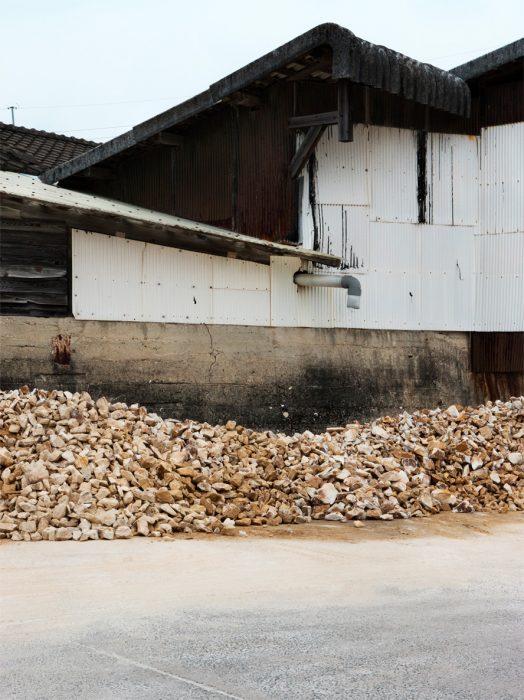Dutch Design knowhow — a chat with Thomas Eyck of t.e.
Sign up to the
monthly newsletter


Thomas Eyck has an eye for the exquisite. The leading distributor of bespoke homewares for his eponymous firm t.e. was drawn to the small Japanese kiln town of Arita some years ago, or perhaps the town found him. Here Eyck tells the story of how he nurtured a collaboration between Scholten & Baijings and Teruhiro Yanagihara san to produce the “1616/ Arita” and the “2016/ Project” ranges.
Teruhiro Yanagihara developed the “1616/ Arita Japan” brand for the Momota–Touen Corporation, and designed 1616/ TY “Standard”, a series of delectable and contemporary homewares that draws on the delicacy and knowhow of the pottery that had been produced in Arita since its establishment in 1616. Stefan Scholten and Carole Baijings simultaneously produced their 1616/ SB “Colour Porcelain” range, exploring and playing with the forms and colours of traditional Arita ware, with a distinctly European slant.
Working with the kilns which still produce ceramics after 400 years, these wares celebrate the provenance and history of Arita, and inject contemporary relevance and appeal into the delicate objects. Thomas Eyck shares his insights for nurturing honest design….
I met Teruhiro in Milan. Scholten & Baijings urged him to go to Milan and that is where we met. We were situated next to each other. They were all very much surprised by the attention they received. Afterwards I went to Tokyo and we started our collaboration, acting as their worldwide distributor outside of Japan. In 2008 Scholten & Baijings designed their ‘woven willow’ products for me which was their big breakthrough. They advised Arita to collaborate with me.


We used traditional craft companies.
I visited Arita after the collaboration. A very inspiring and wonderful location.
To optimise the quality of craft businesses. For the designers this asks for a new way of looking at a design.



I love that they are all original colours. They were used for centuries and are now used in a contemporary manner.
There are so many sublime designs shown at this fair, so it was wonderful that this design was recognized and we were very happy of course. The homewares still sell well.



In 2016 Arita celebrates 400 years of porcelain making. For this special occasion 10 new designs including Wieki Somers, Christien Meindertsma, Scholten & Baijings will be presented in a grand way in Milan.
In the 17th Century ceramics was made in the Netherlands. It was an imitation of the porcelain from China. We have a history of ceramics manufacturers in the Netherlands. For centuries people have grown up with Delft earthenware and are aware of its beauty and materiality. I am sure this still influences today’s market and design.
Honest designs! The shape of a design has to be the logical consequence of the material used.


